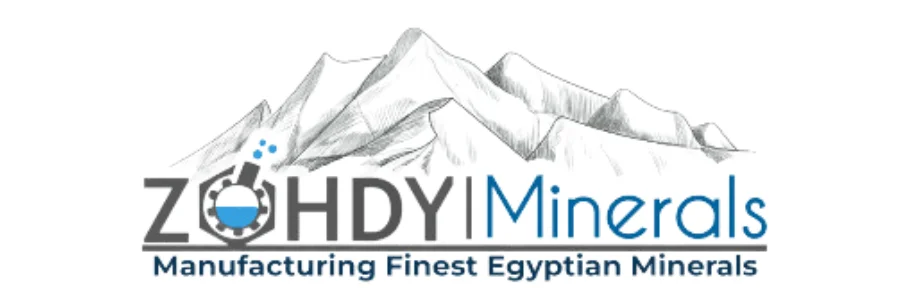Introduction:
In this article, we’ll discuss cullet glass, its usage in glass manufacturing, and how it benefits the environment.
we are thrilled to share my knowledge on this topic.
Table of Contents
1.What is cullet glass?

Cullet glass is a recycled material that comes from scrap glass, bottles, and other glass products. It can be clear or colored, and it’s essential to recycle because it takes thousands of years to decompose.
By using cullet , we can reduce the amount of waste that ends up in landfills and help conserve natural resources.
2.How Cullet glass is used in glass manufacturing?
To use cullet glass, manufacturers begin by melting the glass mixture in furnaces.
They add cullet to the mixture, which reduces the temperature at which the glass melts. By doing so, it saves energy and reduces the amount of carbon dioxide emission into the atmosphere.
Additionally, recycled glass does not need to be chemically processed, which helps in increasing the production time and decreases the amount of energy required for manufacturing.
Conclusion:
Using cullet in manufacturing has several benefits, including conserving natural resources, reducing energy usage, and lowering carbon dioxide emissions. we see this as an essential step towards a sustainable future.
3.Types of cullet glass

3-1.Clear Cullet Glass
it is a type of recycled glass that is entirely clear without any added color. Clear cullet is used to make a wide range of glass products, including bottles and windows. It is commonly used in the manufacturing of new glass products, as it is the easiest type of recycled glass to reuse. Clear cullet is also highly resistant to chemicals and can withstand high temperatures, making it an ideal material for industrial use.
3-2.Colored Cullet Glass
it is a type of recycled glass that comes in various shades and hues. It is created by adding different color mixtures to the glass during the recycling process.
Just like clear cullet glass, colored cullet glass is also widely used in the manufacturing of new glass products, including vases, decorative items, and stained glass windows. Using colored cullet glass in the manufacturing process can significantly reduce the amount of energy required for production and help conserve natural resources, making it an eco-friendly option.
4.Sources of cullet glass
4-1.Post-industrial cullet
we learned that post-industrial cullet is the type of cullet that comes from scraps and leftover material generated during the manufacturing process. This type of cullet is collected and recycled back into the production process, reducing the amount of waste produced during production. Post-industrial cullet is an essential source of recycled glass in the manufacturing industry, and it plays a significant role in creating eco-friendly glass products.
4-2.Post consumer cullet

Post-consumer cullet is recycled glass that comes from glass products that have already completed their lifespan, such as glass bottles and jars. The collection of post-consumer cullet helps to reduce the amount of glass that ends up in landfills and ensures that the material can be repurposed into new products. Using post-consumer cullet in the manufacturing process also helps to conserve natural resources and reduce the energy required for production, making it an excellent option for eco-conscious consumers.
5.Advantages of using cullet glass
5-1.Environmental benefits
we believe that using cullet glass offers significant environmental benefits. By recycling cullet glass, we reduce the need for new raw materials and conserve natural resources. The process of manufacturing glass from cullet glass requires less energy, reducing the carbon footprint and helping to mitigate climate change.
Additionally, collecting post-consumer cullet glass prevents the material from ending up in landfills, where it can take thousands of years to decompose.
5-2.Cost savings
Using cullet in the production process also offers cost savings for manufacturers. Incorporating cullet into glass products reduces the need for new raw materials, lowering production costs. Moreover, using cullet conserves energy and reduces waste, leading to cost savings on disposal and transportation. Recycled cullet is typically cheaper than new raw materials, making it an excellent option for manufacturers looking to reduce costs. Overall, using cullet offers both environmental and economic benefits.
6.Cullet glass processing
6-1.Sorting
Cullet glass processing involves several stages, beginning with sorting. I understand that sorting is crucial in ensuring that the resultant cullet is of good quality. Workers must remove any contaminants, such as ceramic, plastic, and metal, from the glass. This process may occur either manually or automatically, using advanced technology.
6-2.Cleaning
After sorting, the cullet undergoes a cleaning process to eliminate any remaining impurities. Typically, the glass is washed with water, mixed with detergents, and then rinsed clean before being pressed into molds. This cleaning stage is essential in optimizing the quality of cullet and ensuring it meets specific standards.
In conclusion, the processing of glass is a rigorous process that involves sorting and cleaning. This process enables the industry to recycle glass and reinvent it into useful products and packaging materials.
I believe that glass processing offers great insights into sustainable manufacturing practices and a cleaner world.
To order send us






